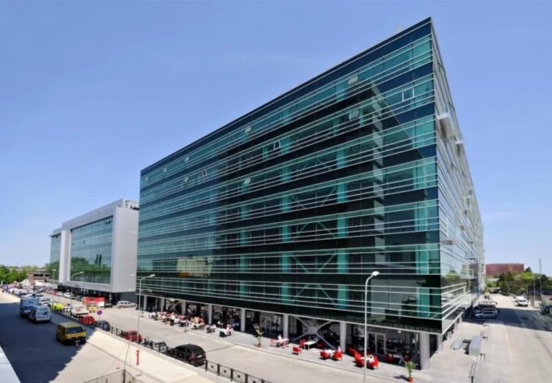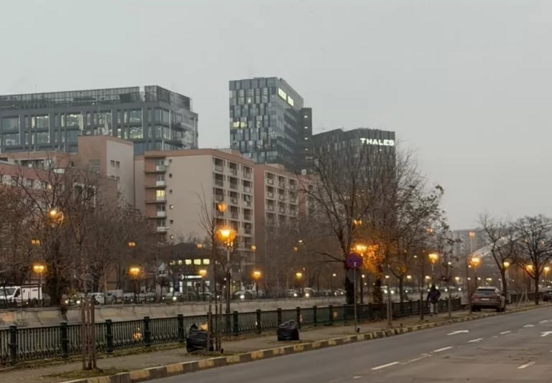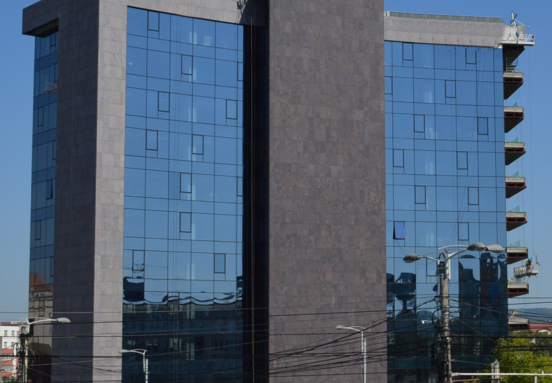Four key factors will have a major role in shaping the future of office demand in both the short and longer term:
Remote working
There are clear employee benefits to working from home, not least among them is ‘no commute’ and flexible hours. However, for many people their home living arrangements make working from home a below optimal choice, with its limited space, lack of privacy and/or more distractions. Additionally, employees miss the social interaction that office life brings. Maintaining productivity away from the office over the longer term is also yet to be verified and is likely to be boosted by regular office interaction. Flexibility will be key to employee satisfaction and the balance of office and remote working anywhere will be based around the individual.
Office design
There is little doubt that COVID-19 is going to accelerate some changes in office design. The most evident is occupational density. The upward trend has gone sharply into reverse as social distancing is adhered to. However, once a vaccine or effective treatment is available, there is likely to be a movement back toward the densities recorded pre COVID-19, but not all the way, as health and well-being will remain top of mind for occupiers. A greater focus on spaces which emphasize face-to-face interaction is likely as office space is redesigned or repurposed away from individual full-day occupancy desks.
Technology
Technology on its own is unlikely to have a significant impact on overall leasing demand. Over the short term, the adoption of new technologies will both facilitate remote working and also ensure workers’ well-being and efficiency on their return to office buildings. Over the longer term, occupier demand is expected to gravitate toward technology heavy smart office buildings, reflecting their ability to support companies’ environmental, sustainability, health and wellness initiatives. Therefore, reduced demand for lower-quality assets over the longer term seems likely.
Commuting patterns
The lack of commuting is the most quoted benefit of working from home and it is one of the areas that is causing the most concern on re-entry to the office – particularly in those cities which are highly dependent on public transport. A slower re-entry is likely in many of those cities. Some cities are pushing the benefits of cycling or walking. Over the longer term, face-to-face interaction (both internal and external) is still expected to gravitate toward centrally-located and highly-amenitized urban centers. These factors will underpin demand and the value of urban, transit-served markets over the long term.
The final piece of the puzzle is where office demand will be focused – the spatial patterns of office demand. The inherent attractions of cities in terms of economic opportunities, social connections and quality-of-life offer are likely to prevail despite short-term concerns regarding social distancing. The forces that were already transforming our cities prior to COVID-19 will continue to drive change and boost office demand - digitization and automation, the Responsible City and globalization. (Source: JLL)







